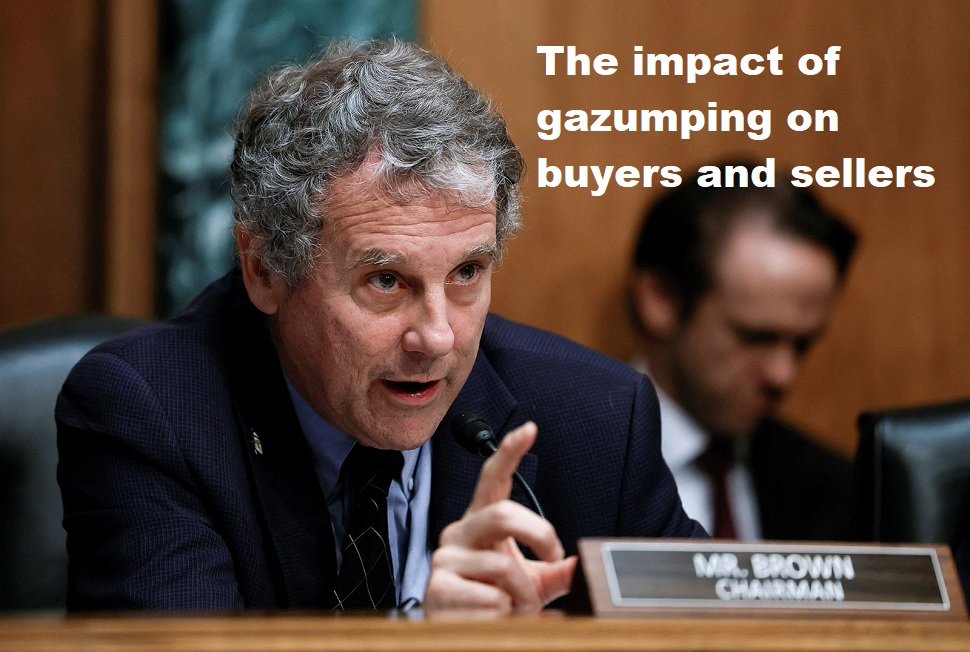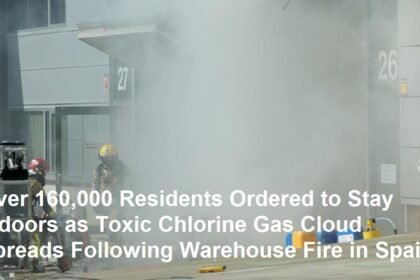KYIV, UKRAINE — A massive Russian drone and missile strike targeted Ukraine’s capital, Kyiv, on Thursday, April 24, 2025, killing at least nine civilians and injuring 70 others in one of the deadliest attacks on the city since the escalation of the war. The assault, which occurred during morning rush hour, shattered residential buildings, a shopping center, and critical infrastructure, leaving emergency crews scrambling to rescue survivors trapped under rubble. Ukrainian officials denounced the attack as a deliberate act of terror against civilians, while global leaders pledged renewed support for Kyiv’s defense.
Dawn of Destruction
The attack began at approximately 7:30 a.m. local time, as waves of Iranian-designed Shahed drones and hypersonic missiles breached Ukraine’s air defenses. Explosions rocked multiple districts, including the historic Shevchenkivskyi area and the densely populated Podil neighborhood. A direct hit on a nine-story apartment building in Podil collapsed its upper floors, killing four residents and injuring 20. Nearby, a Kinzhal missile struck a shopping mall, igniting a fire that engulfed dozens of shoppers and employees.
“The sky was filled with smoke and the sound of sirens,” said Oleksandr Petrov, a survivor who escaped the mall. “People were running, bleeding, screaming for help. It was hell.”
Casualties and Rescue Efforts
Ukraine’s State Emergency Service confirmed nine fatalities, including two children, and over 70 wounded, with at least 15 in critical condition. Rescue teams worked for hours to extract survivors from collapsed structures, while hospitals overflowed with casualties. Kyiv Mayor Vitali Klitschko declared a citywide state of emergency, urging residents to shelter in place as air raid alerts persisted throughout the day.
“This is not war—this is genocide,” said President Volodymyr Zelenskyy in a televised address. “Russia targets our homes, our families, to break our spirit. But they will fail.”
Escalation Amid Stalled Frontlines
The strike comes amid a stalemate in eastern Ukraine, where Russian forces have intensified artillery and aerial bombardments following failed spring offensives. Analysts suggest Moscow is increasingly relying on long-range strikes to compensate for battlefield losses, aiming to demoralize civilians and cripple Ukraine’s economy. Thursday’s attack also damaged a power substation, plunging parts of Kyiv into darkness and disrupting water supplies.
Western intelligence reports indicate Russia launched the assault from occupied Crimea and southern Russia, utilizing a mix of drones, cruise missiles, and hypersonic weapons to overwhelm Ukraine’s U.S.-provided Patriot and IRIS-T air defense systems. While Ukrainian forces intercepted 12 of 20 missiles, the sheer volume of firepower proved devastating.
International Outcry and Calls for Action
The United Nations Security Council convened an emergency session, with U.S. Ambassador Linda Thomas-Greenfield condemning Russia’s “grotesque violation of international law.” NATO announced plans to expedite deliveries of advanced air defense systems, while the European Union vowed to expand sanctions targeting Russian missile production.
However, Ukrainian officials criticized the West for delays in military aid. “Every hesitation costs lives,” said Foreign Minister Dmytro Kuleba. “We need F-16s and ATACMS now—not next year.”
Grief and Resilience in Kyiv
In Podil, residents lit candles and laid flowers at the ruins of the apartment building, where a teddy bear and a child’s shoe lay buried in debris. Volunteers distributed food and water to displaced families, while psychologists offered trauma counseling.
“My neighbor saved my life by pulling me from the rubble,” said 68-year-old Maria Kovalenko, her voice trembling. “But our home is gone. Everything is gone.”
A Long Road Ahead
The attack underscores Ukraine’s vulnerability to Russia’s evolving missile tactics. Despite upgrades to its air defenses, Kyiv remains dependent on Western technology, which struggles to counter hypersonic threats. Experts warn that without faster arms deliveries and energy infrastructure reinforcements, civilian casualties will rise as winter approaches.
Meanwhile, Russia’s Defense Ministry claimed the strike targeted “military command centers,” a statement Kyiv dismissed as lies. Satellite imagery reviewed by Reuters showed no military sites near the impacted residential areas.
As night fell, air raid sirens echoed again across Kyiv—a grim reminder that the threat persists. Yet, amid the devastation, resolve remains unshaken. “We will rebuild, as we always do,” said Mayor Klitschko, surveying the damage. “But the world must not look away. Ukraine is fighting for all of us.”









